
Give up the PC? Get real! You’d have to pry the keyboard and mouse from my cold, dead hands
My friend and colleague Joe Wilcox has a long history of quitting tech. He famously declared his independence from Apple and a month ago said he was done with Facebook. Yesterday he announced he was quitting the PC, and switching to using a Google Nexus 10 as his primary computing device. He says the journey will be tumultuous, I say why do it then?
The truth is, the transition for Joe probably won’t be that difficult. He currently uses a Chromebook as his PC and has embraced the cloud. He is a PC user, but he’s not a real PC user. A real PC user can’t just switch to a tablet and after a few weeks be happy with the change. I love my iPad, and I loved Surface for the short time I had it. But a tablet could never be a replacement for my desktop system.
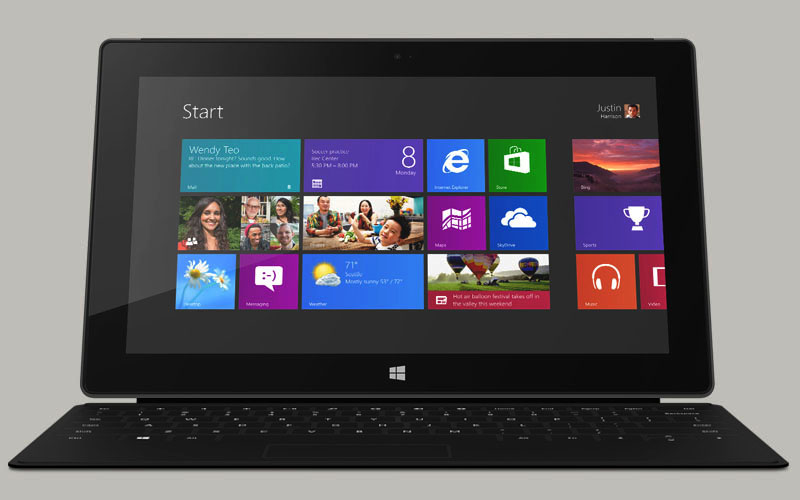
Microsoft Surface Pro arriving very soon - time to get excited?
In late November, Tami Reller, Windows and Windows Live Division chief marketing officer, revealed that Microsoft was planning to launch the Surface Pro tablet "in January" 2013. However, seeing as the second half of the month is already underway, that doesn't give the tech giant long to get its product out there.
Fortunately prospective purchasers will be pleased to know they won't have long to wait now. Panos Panay, general manager of Microsoft Surface, tweeted yesterday that he was on his "way to the factory to check out Surface Pro", and that the Redmond, Wash.-based corporation will release the Windows 8 Pro tablet "in the coming weeks". Presumably that could mean either a late January or early February launch.

The PC is far from dead
This week, my colleague Joe Wilcox wrote about the popular catch-phrase these days -- the "post-PC era". The only problem: this concept is wrong. Yes, he included lots of analyst information, fancy numbers and predictions, but none of it is realistic to the vast majority of computing users.
Yes, tablets are popular. There is no denying that. The iPad, despite not being the first tablet, brought the concept into the real world. Amazon and Google made the devices affordable. Sure, tablets make a great solution for checking email, weather and answering a question about that movie or show on your TV -- the one that occurs while sitting on your sofa.
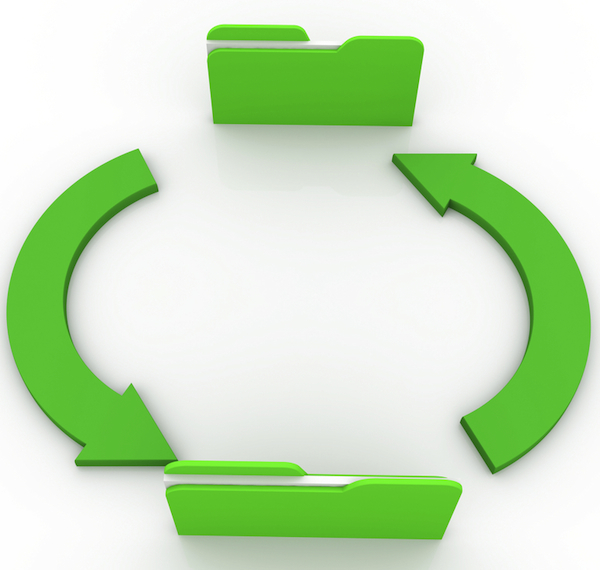
Carbon syncs apps with data among Android devices and backs up straight to the cloud
Usually when users wish to transfer apps with data between Android devices, a fairly cumbersome process is involved. There's an easier way though. Koushik Dutta, the developer behind popular modding tools such as ClockworkMod and ROM Manager, unveiled Carbon, an app that can get the job done by itself after touching a few buttons.
But who actually needs it? While Carbon may present a limited appeal to most Android users, it actually makes sense for those running apps grabbed from third-party sources such as Interweb forums, a common occurrence for modders, beta apps that are unavailable to download from the Play store (a good example is the Dropbox preview build) or for users that simply wish to have the same app data across several devices. Think of game saves and you get the picture.

Ding, dong, the PC's dead
So much for that Windows 8 pick-me-up. The PC market got no 5-Hour Energy lift during fourth quarter. If anything, the personal computer is out of shape and out of breath, and no Microsoft personal trainer can change that. Gartner calls the current crisis -- and it is for the WinTel and MacTel folks -- a "structural shift". The tablet is the slimmer and shapelier alternative, and it kicks the PC's ass all over the work-out floor.
"Tablets have dramatically changed the device landscape for PCs, not so much by 'cannibalizing' PC sales, but by causing PC users to shift consumption to tablets rather than replacing older PCs", Mikako Kitagawa, Gartner principal analyst, says. "Whereas as once we imagined a world in which individual users would have both a PC and a tablet as personal devices, we increasingly suspect that most individuals will shift consumption activity to a personal tablet, and perform creative and administrative tasks on a shared PC. There will be some individuals who retain both, but we believe they will be exception and not the norm. Therefore, we hypothesize that buyers will not replace secondary PCs in the household, instead allowing them to age out and shifting consumption to a tablet".
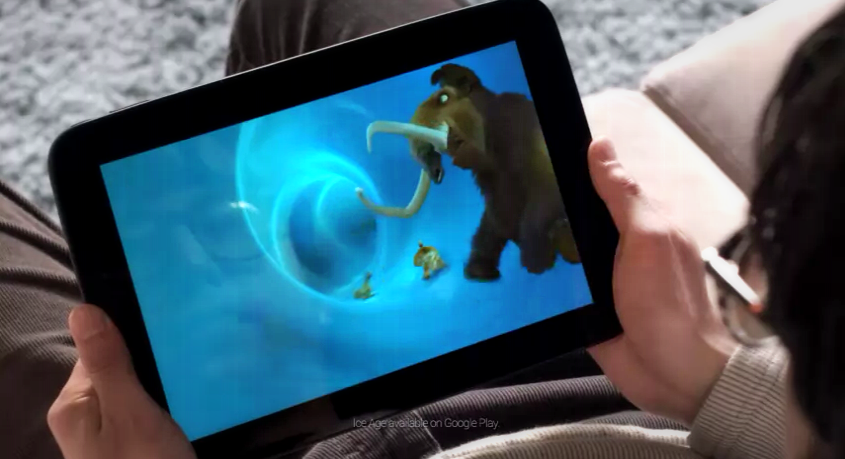
Android developers can use the Google Nexus 10 as a testing device
If CES 2013 and other major trade shows are of any indication, a plethora of Android devices are launched on a frequent basis, sporting different display configurations. For consumers that may not mean much (aside from which device to get next), but developers have to verify if apps are rendered properly across different resolutions and pixel densities. But buying all available smartphones and tablets is not a financially-sound decision, when a Google Nexus 10 gets the job done by itself.
The Samsung-made tablet sports a large 10.1-inch display featuring a whopping 2560 by 1600 resolution and a 300 ppi density. As a result, according to Adam Powell, working as Android framework engineer at Google, the Nexus 10 can be used by app developers to test user interfaces in "pretty much all environments". The question is: "How?"
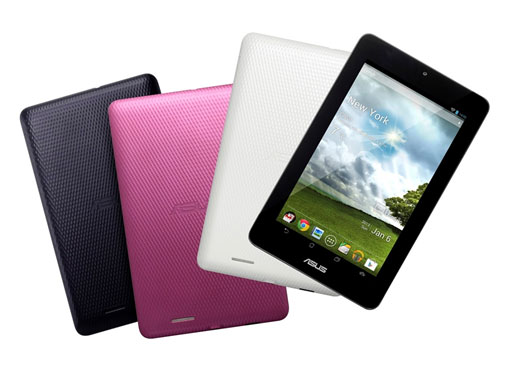
ASUS announces the MeMO Pad, a 7-inch Jelly Bean tablet for $149
ASUS waited until after CES to take the wraps off its MeMo Pad, and what it lacks in specs the Nexus 7 lookalike makes up for in price. With a wallet-friendly MSRP of $149, the MeMo Pad runs Android 4.1 Jelly Bean and is powered by a 1GHz VIA WM8950 CPU and Mali-400 GPU.
The device sports a 10-point multi-touch LED-backlit display with 1024 by 600 resolution, 8 or 16GB of internal storage, and a microSD card slot which will let you boost capacity by an additional 32GB.
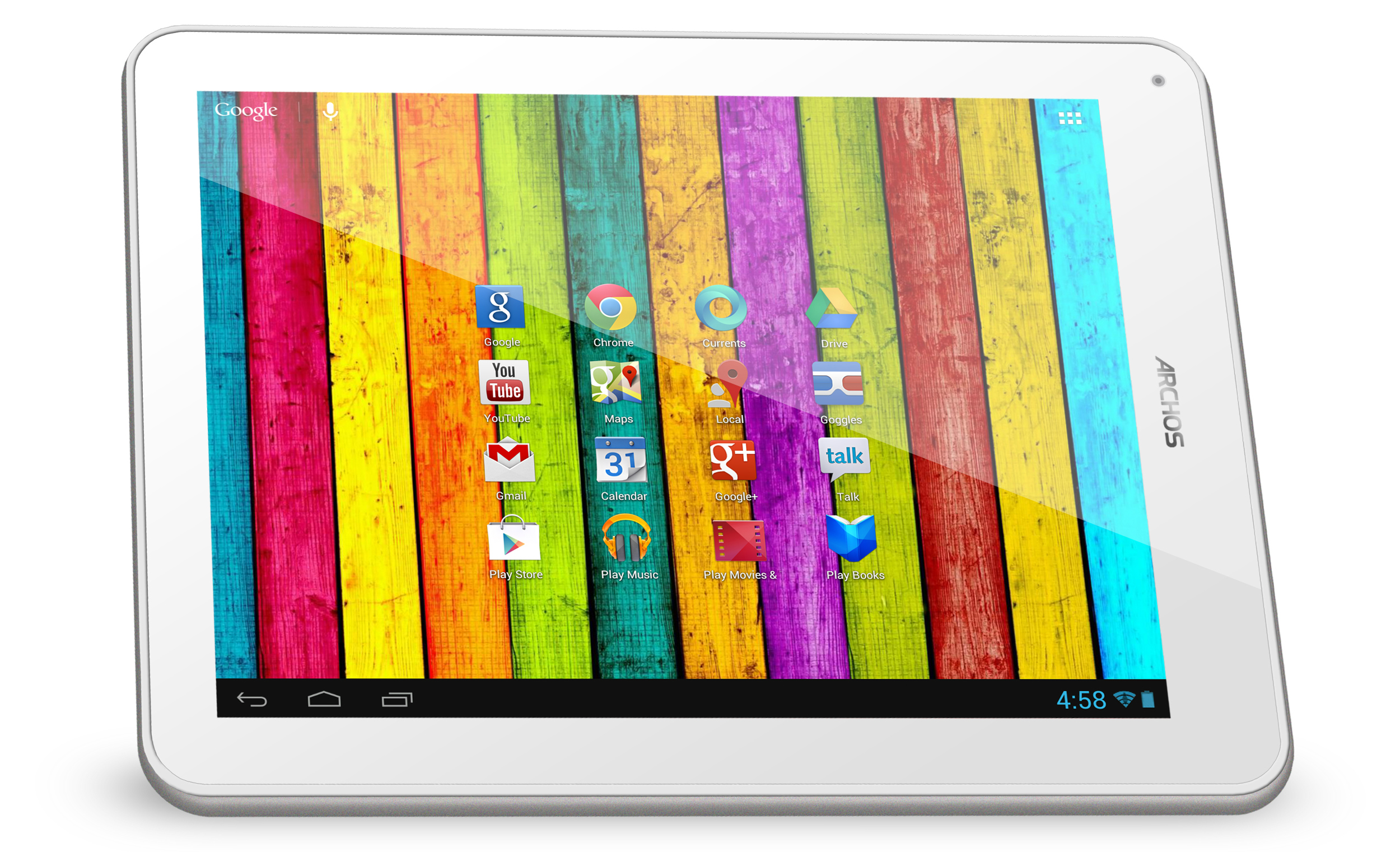
Archos slaps a price-tag on its Titanium tablet lineup
In late December, French consumer electronics company Archos unveiled the 97 Titanium HD, an Apple iPad 4-like tablet running Android 4.1 Jelly Bean, but failed to release any pricing information. Nearly three weeks later, at CES 2013, Archos has finally revealed the missing detail.
The French firm places the 97 Titanium HD as "an alternative to the new iPad" but without the intimidating price-tag. The 9.7-inch tablet will run for a more sensible EUR249, $249, or £199, depending on the market, half of what the newest iPad goes for. Archos also released pricing for the remaining Titanium lineup.
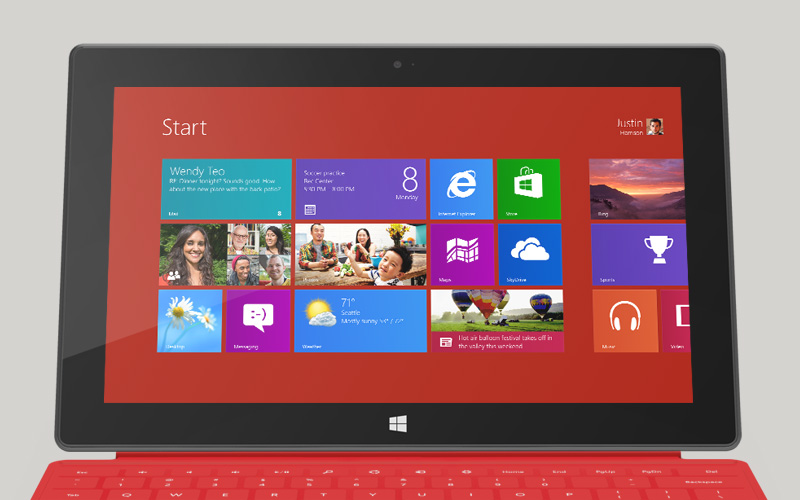
Windows RT Jailbreak Tool available, makes running unsigned apps a breeze
Jailbreaking Windows RT just got easy. Merely days after a complicated method to run unsigned apps on Microsoft's tablet operating system was uncovered, there is now an automated method available, dubbed RT Jailbreak Tool. No more messing around with debuggers and assembers.
Compared to the previous method, the RT Jailbreak Tool, dressed as a BAT file, overly simplifies the process such that even inexperienced users can jailbreak Windows RT devices. The prerequisites for running the automated hack are straightforward -- the user has to boot the tablet, log in and "sit on the desktop for about a minute" before opening the RT Jailbreak Tool.
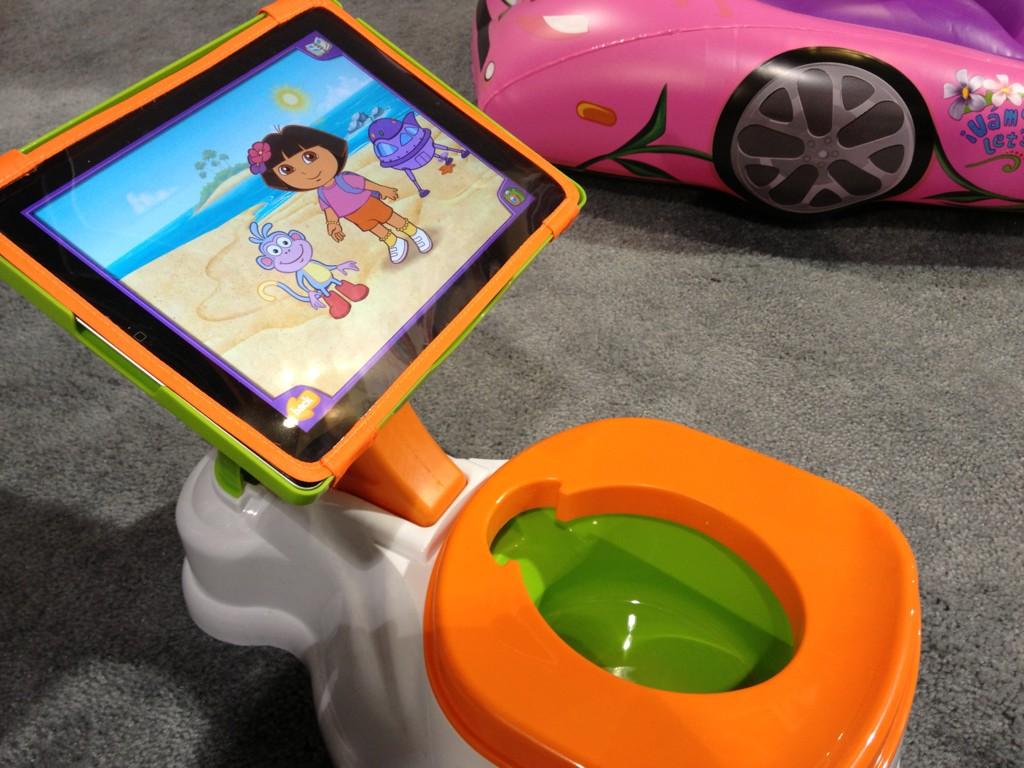
5 weirdest tech products unveiled at CES 2013
Four days ago I reported about "5 CES 2013 pre-show announcements you should know about". As the show leads towards a (long awaited) finale, let's take a look at the five weird pieces of tech unveiled since Sunday.
Some serve as part of the "What were they thinking?" lesson in announcing new products, while others are good examples of tech gone too far. Since quantifying which one's more out of place than the other, the following five products will be listed in a non-particular order. Feel free to name the weirdest of all in the comments below. Be advised, that's no easy task to undertake!
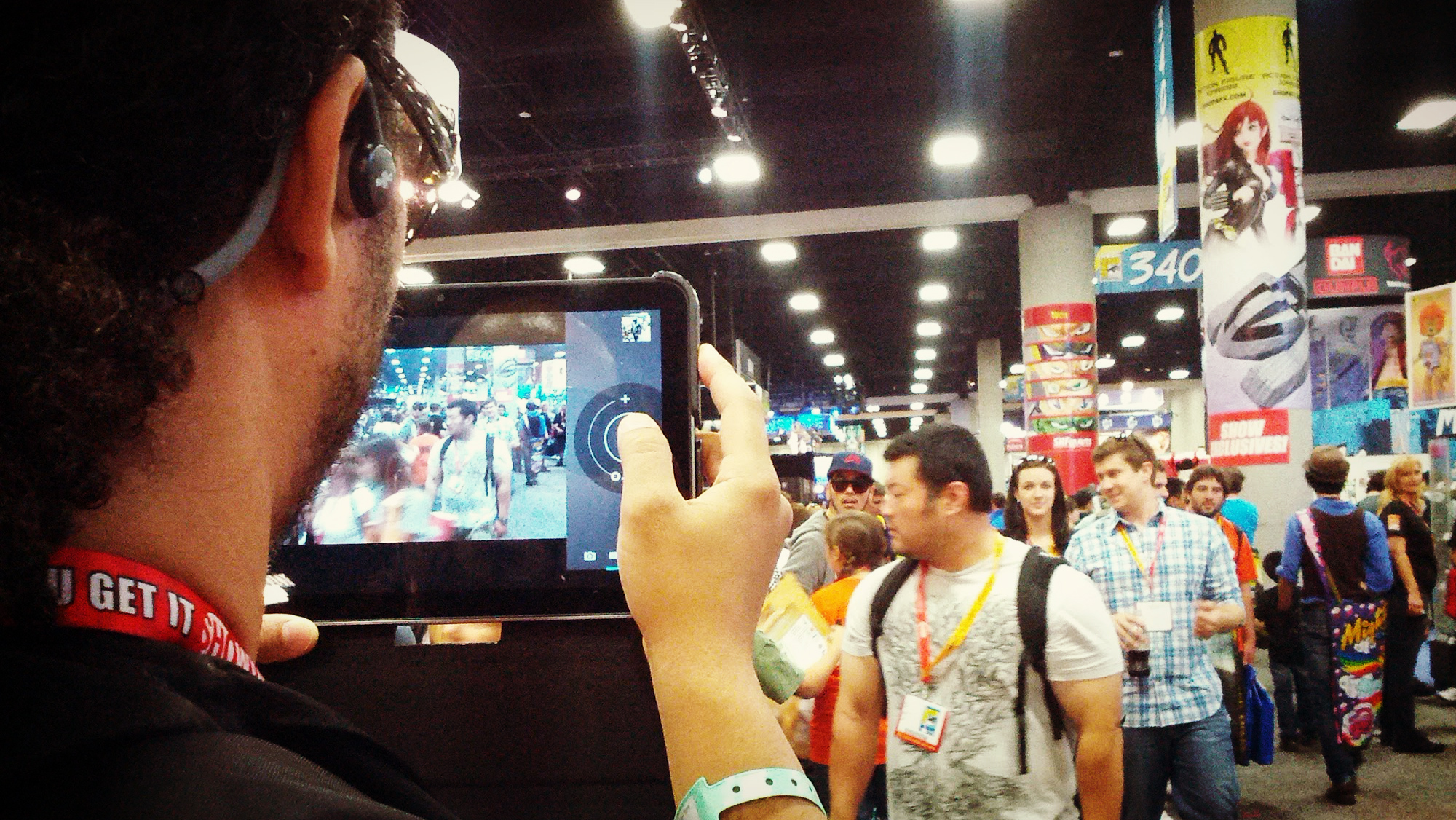
Which size tablet is right for you?
There is no shortage of new tablets being announced at this week's Consumer Electronics Show -- Acer Iconia B1-A71, Polaroid M7 and M10 and VIZIO 11.6" Tablet PC, among many others. Meanwhile, NPD DisplaySearch forecasts that global tablet shipments will surpass notebooks this year. But what's interesting is a dramatic shift in size preference, which is why I want to know: Which is right for you?
DisplaySearch predicts that tablets with 7-to-8 inch screens will overwhelmingly dominate the market, with 45 percent share. Meanwhile, 9.7 inches -- the size Apple popularized with iPad -- will fall to just 17 percent share. Yet many of the slates debuting at CES are in the larger categories, typically between 10.1 and 11.6 inches. Does size really matter that much, and is smaller better?
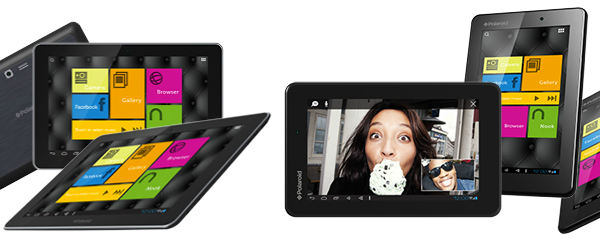
Polaroid introduces M7 and M10 tablets, running Android 4.1 Jelly Bean
Even though at CES 2013 manufacturers reveal some of the most high-tech products, such as 4k OLED TVs, which are, price-wise borderline unreachable for most consumers, there are some affordable and appealing devices, too. Case in point are Polaroid's M7 and M10 tablets that feature dual- and quad-core processors, respectively, as well as Android 4.1 Jelly Bean.
The US-based consumer electronics company aims for the stars by pitching the two tablets against more established market competitors. Polaroid aims at Apple's iPad Mini with the M7, while the larger M10 takes on Samsung's Galaxy Note 10.1 in the company's wishful thinking. On a more down-to-Earth note, the dual-core M7 packs 7-inch panel with 1280 by 800 resolution, giving it a pixel density of 216 ppi, among the highlights.
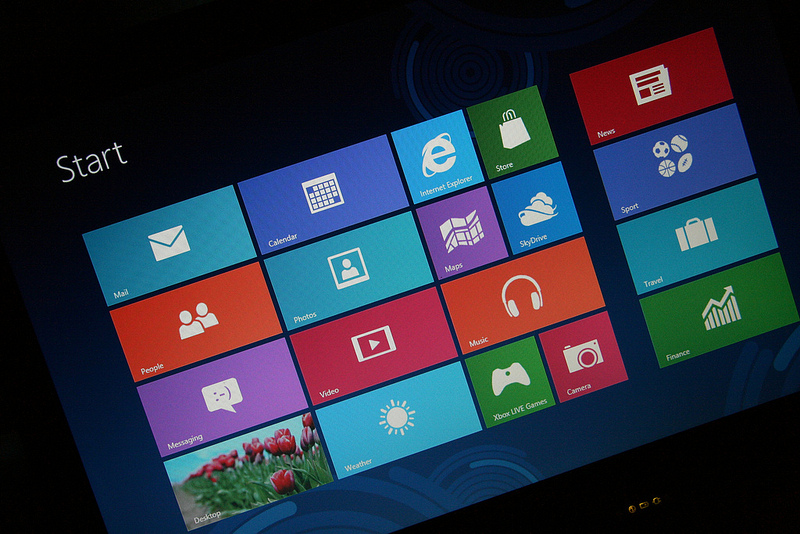
Windows 8 sinks with US laptop sales
I rarely quote press releases, but analyst missives are a rare exception because sometimes they make the point so much better than any paraphrasing. "Despite the hype, and hope, around the launch of Windows 8, the new operating system did little to boost holiday sales or improve the year-long Windows notebook sales decline", according to NPD. That's the dismal news for US holiday retail sales between Nov. 18 and Dec. 22, 2012. Windows 8 is a disaster, as I expressed when NPD released early sales data in late November. Matters are worse. This is no longer the Titanic sinking but a fleet of ships.
Gartner and IDC are about to drop global fourth-quarter PC shipment data, but in context of today's separate report from NPD DisplaySearch, expect blood in the water and post-PC sharks circling the victims. According to DisplaySearch, tablet shipments surpassed laptops in the United States last year. Stated bluntly: "increasing tablet PC adoption is stymieing notebook PC growth". Yikes!

Holy post-PC era! Tablet shipments will surpass laptops this year
Quick, send a load of Valium to Intel and Microsoft executives! Gasp -- to Apple, too. Today NPD DisplaySearch forecasts that tablet shipments will exceed notebooks in 2013, globally. But in China and the United States, the milestone passed last year.
About 18 months ago, analysts started the smartphone-shipments-are-greater-than-PCs meme, which I didn't take too seriously. The market dynamics are different and handsets' functionally don't replace personal computers. Tablets are a whole other matter, because they can do just that. The category's rise over laptops is hugely significant.
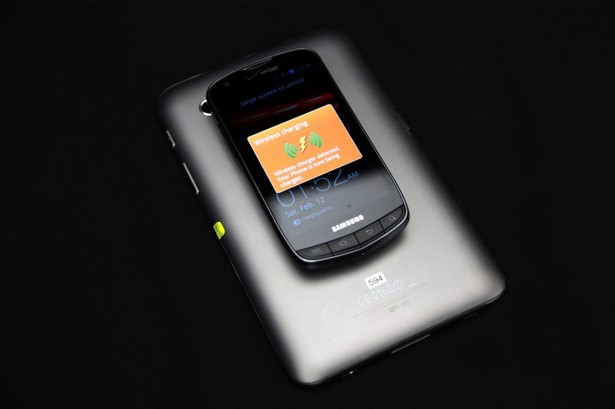
Fulton Innovation turns your gadgets into battery-life sucking vampires
If you carry more than one electrical device around with you -- a smartphone and a tablet, say -- at some point you’ll probably find yourself in a position where your tablet has loads of battery life, but your smartphone is about to die.
Fulton Innovation has come up with new technology which will allow users to wirelessly steal battery life from one device to power the other. No need to carry chargers, or hunt around trying to find a charging point.
